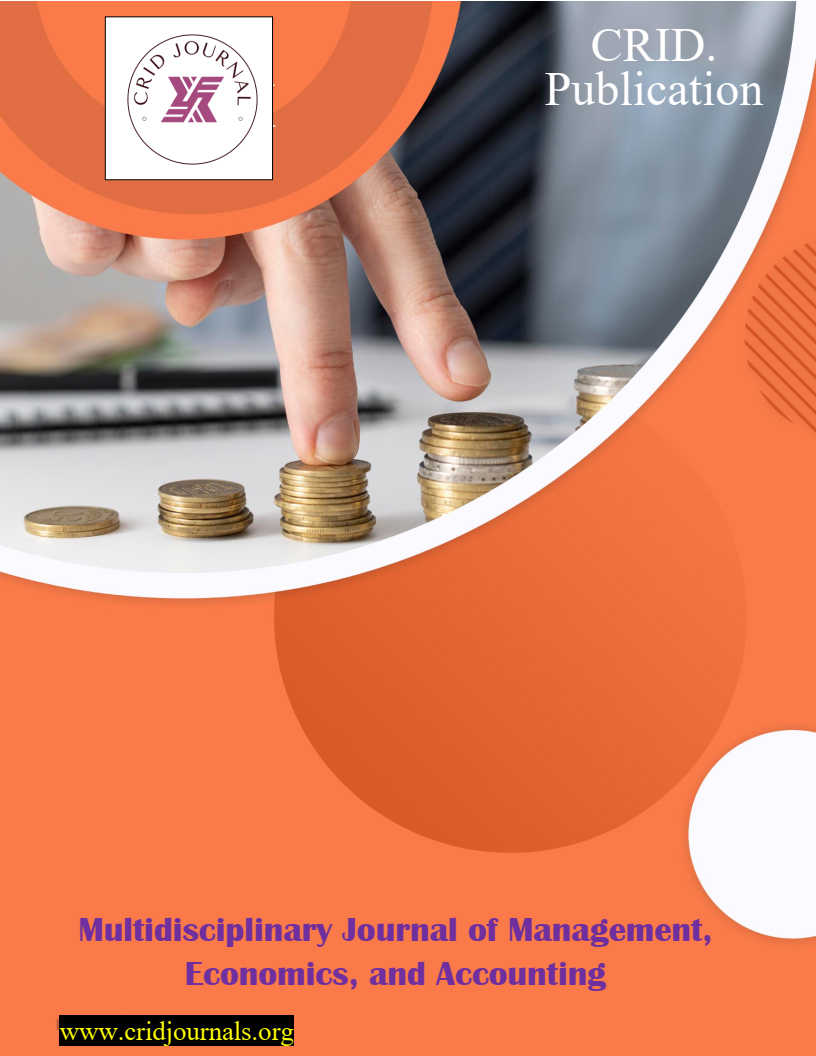Transdisciplinarity In Teacher Training In The 21st Century: Textual, Discursive And Enunciative Devices For Reading Social Reality
Abstract
In this article, we propose to contribute to the reflections focused on teacher training, in light of studies based on textual-discursive-enunciative approaches. Thus, we postulate that the transdisciplinary training of a future teacher must propose the reading of realities. To do this, we have set ourselves the objective of analyzing the text When a lama bate à porta, from the column of the Ombudsman José Henrique Mariante, in the newspaper Folha de S.Paulo, published on February 25, 2023. We want to emphasize that the analysis takes into account some linguistic categories, such as: 1) the three levels of textuality, proposed by Adam (2021; 2022) are: (i) the macrolevel, made up of the peritextual zones and the different parts of the text; (ii) the mesolevel, formed by narrative, descriptive, argumentative, explanatory or dialogic textual sequences; and (iii) the microlevel, which focuses on textual connections, that is, referential cohesive processes (pronominal resumption and lexical collocations, among other mechanisms) and sequential processes (argumentative operators and cohesive links); 2) the point of view of the author of the text, the first enunciator (L1/E1), marked by the reported discourse of the second enunciators (e2), as well as by the author's own subjectivity. Finally, we highlight that this set of enunciative devices establishes the semantic level, which allows the reader to construct meaning(s).










